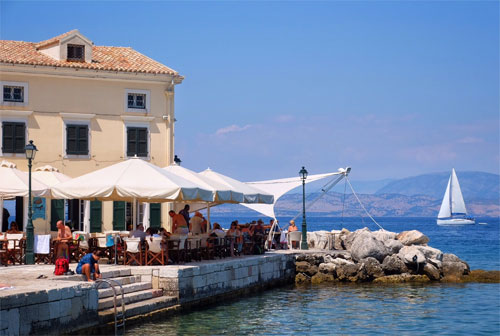|
Walking on the paths of Pelion constitutes a unique experience, for every time you walk even on the same path, different feelings arise.
Sometimes you will walk with warm weather under the sun, other times with cold weather, under the sun, rain or mist
In the morning or in the dusk, in spring or in winter, you will walk trying to avoid the numerous mushrooms, which are one of the natures gifts, and breath the fresh, mountainous air of Pelion.
Walking on the paths of Pelion is an alternative, inexpensive leisure activity, which can be combined with a series of other activities, such as photograph, exploration, visit of monuments, etc., offering also a valuable for health exercise.
In this section and in cooperation with walking-pelion.blogspot.gr will introduce you, some of the paths of Pelion, in order to provide useful information to interested hikers.
Please follow below links to find information on some of the paths in Pelion:
|

"Dear Guests ,
this year there are direct flights to Volos from Amsterdam, Brussels, London, Munich, and Vienna. There are also flights to Skiathos from Luton, Gatwick and Stansted, Birmingham, Bristol, Manchester, Newcastle, and Nottingham. 
After spending time in Greece this summer, I`ve constantly been slammed by questions from travelers with one eye on their vacations and another on Greece`s financial crisis.
Is it safe to travel to Greece right now?
|
|
